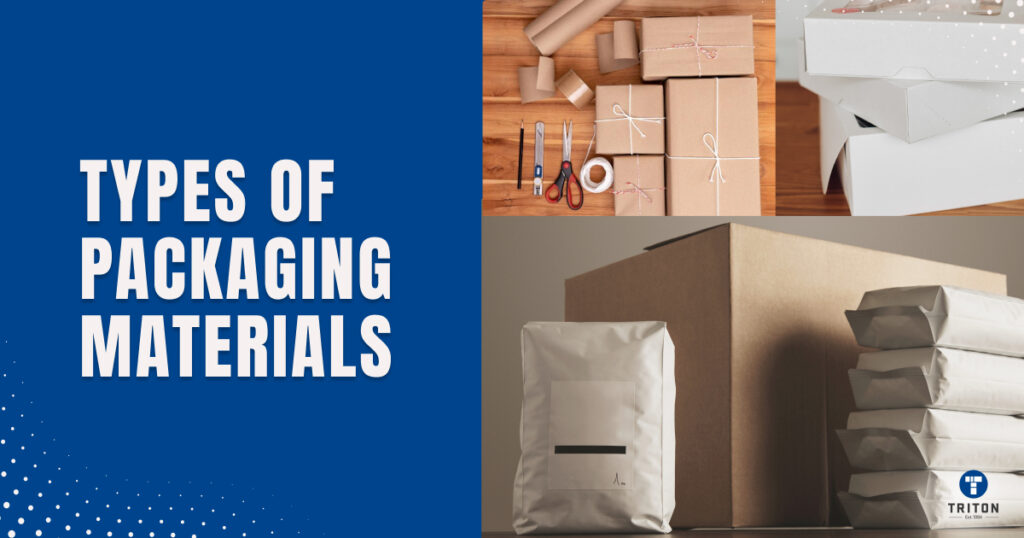
Did you know the global packaging market is projected to reach USD 1.18 trillion by 2025?
From protecting products to enhancing brand appeal, packaging materials play an important role in every industry.
But that is not the most fascinating aspect.
The most amazing part about packaging is the variety of materials used in modern applications. From lightweight plastics and sturdy metals to biodegradable paper and innovative composites, the choices are as diverse as the industries they serve.
Let’s explore them all in this article.
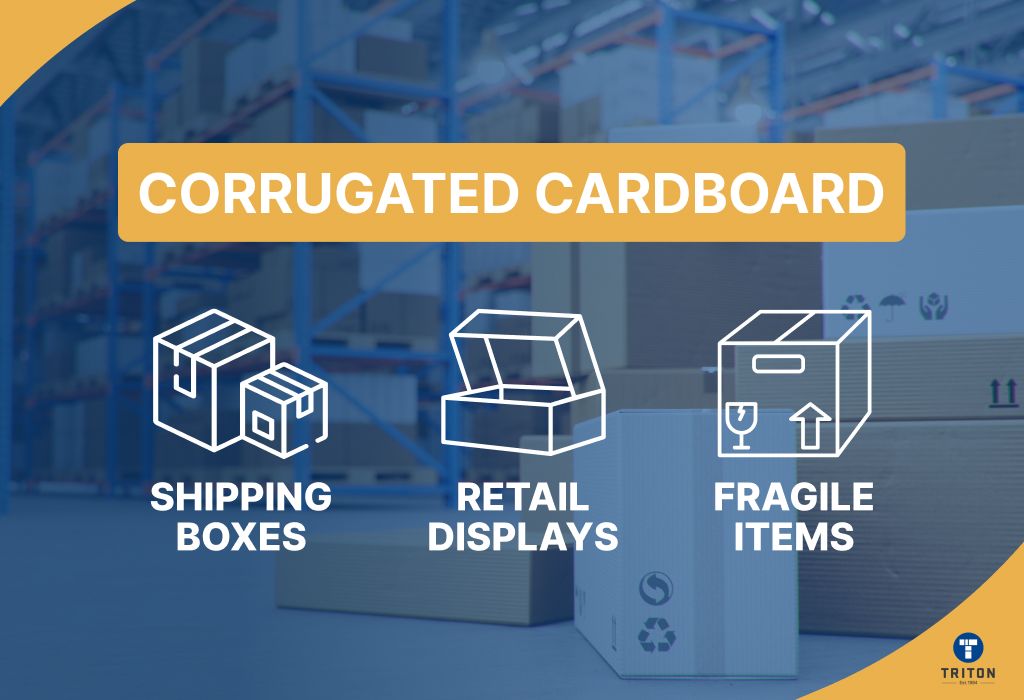
Corrugated cardboard is a popular packaging. It is strong, lightweight, and eco-friendly. Corrugated cardboard is constructed from kraft paper or recycled paper.
It has three layers: an outer liner, an inner liner, and a fluted middle layer. The middle layer, also known as the “flute,” is sandwiched between the liners and provides cushioning and rigidity, making it ideal for protecting items during transit.
Kraft paper, which is usually made from wood pulp, is strong, durable, and resistant to tearing. These properties make it the ideal base material.
The three layers are bonded with biodegradable starch-based or eco-friendly adhesives.
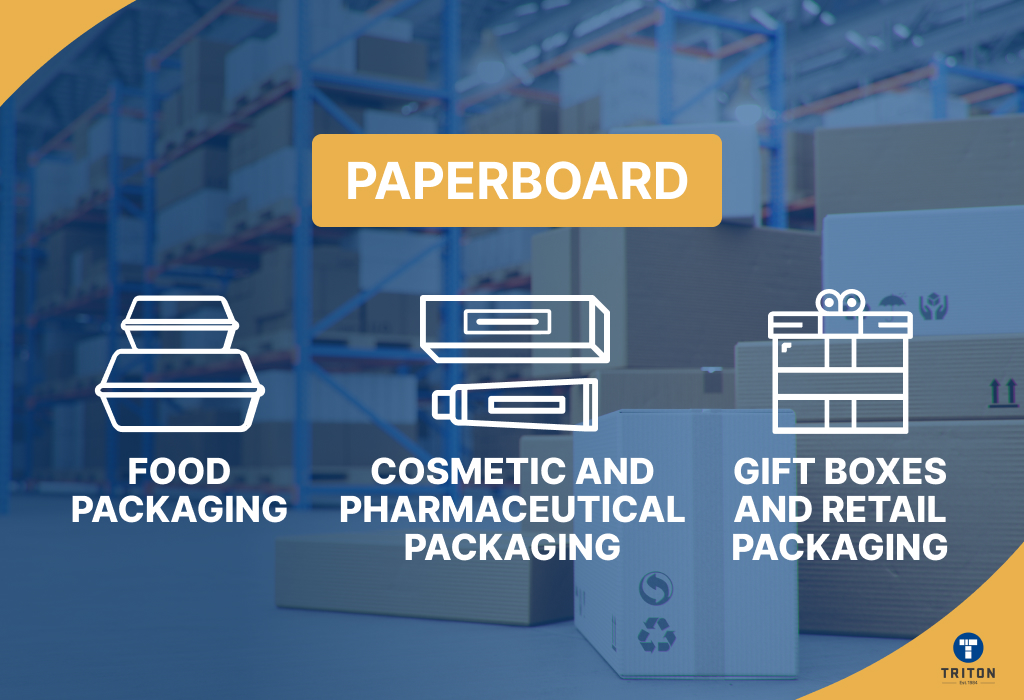
Paperboard is lightweight and versatile. It’s a go-to for retail packaging. It has a smooth surface, which is easy to print on and customise, making it ideal for branding.
Paperboard is made from processed paper pulp. It balances durability with being light and affordable. It’s not as sturdy as corrugated cardboard. However, it works well for items that aren’t too heavy or fragile.
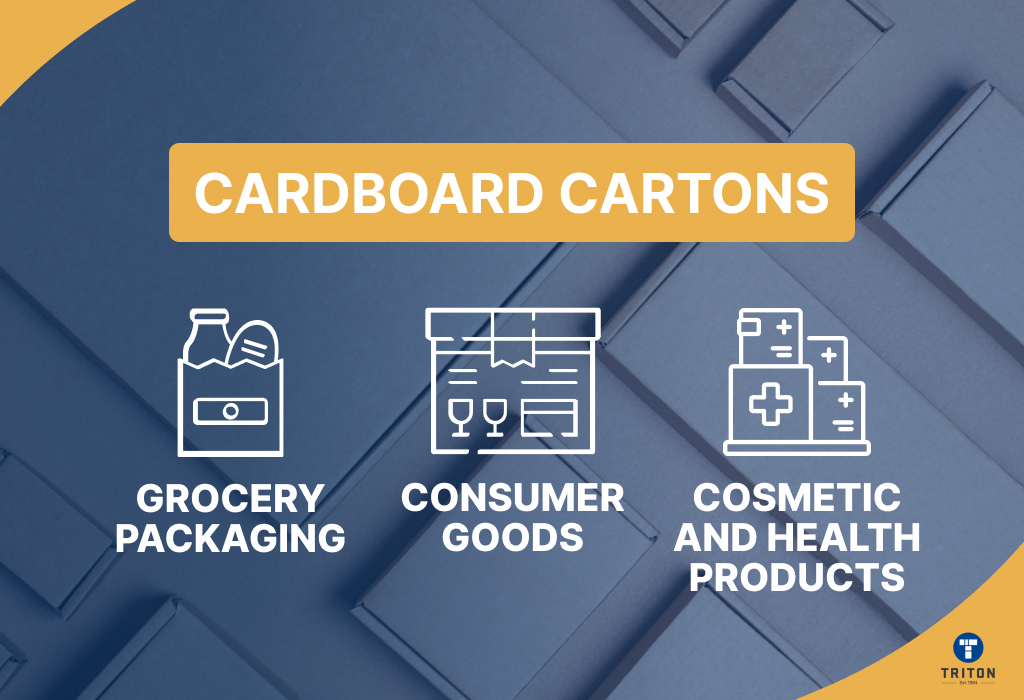
Cardboard cartons are made from solid paperboard. These are used in retail and consumer packaging. Unlike corrugated boxes, which have a fluted inner layer, cardboard cartons consist of a single, sturdy sheet of compressed paper pulp.
This makes them lightweight, sleek, and easy to work with.
These cartons are easily customisable, and are usually printed with branding and product information.
Cardboard cartons are cost-effective and environmentally friendly. They are often made from recycled materials and are fully recyclable themselves.
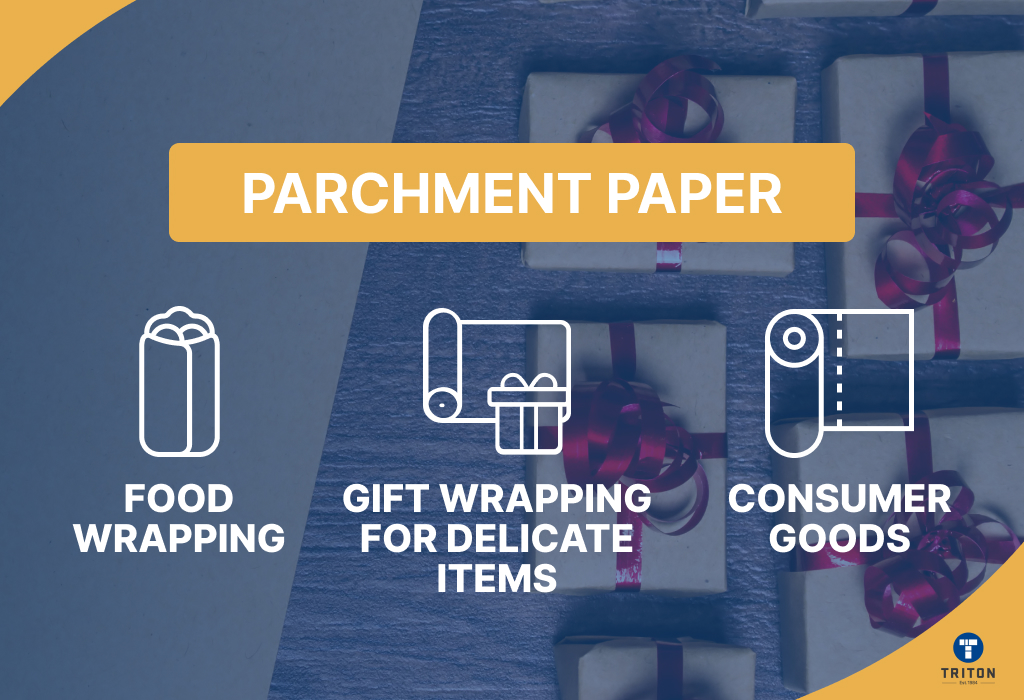
Parchment paper, also known as baking paper, is a cellulose-based paper treated to enhance its non-stick, grease-resistant, and heat-resistant properties.
The paper passes through a sulfuric acid bath (parchmentisation), which gelatinises the surface, creating a durable, smooth, and heat-resistant material ideal for culinary applications. In the food industry, parchment paper is indispensable for tasks such as baking, roasting, and steaming, and packaging as it prevents sticking.
Parchment paper can withstand temperatures up to 216–232°C (420–450°F.)
Parchment paper is compostable and biodegradable, aligning with sustainable practices in both industrial and household kitchens.
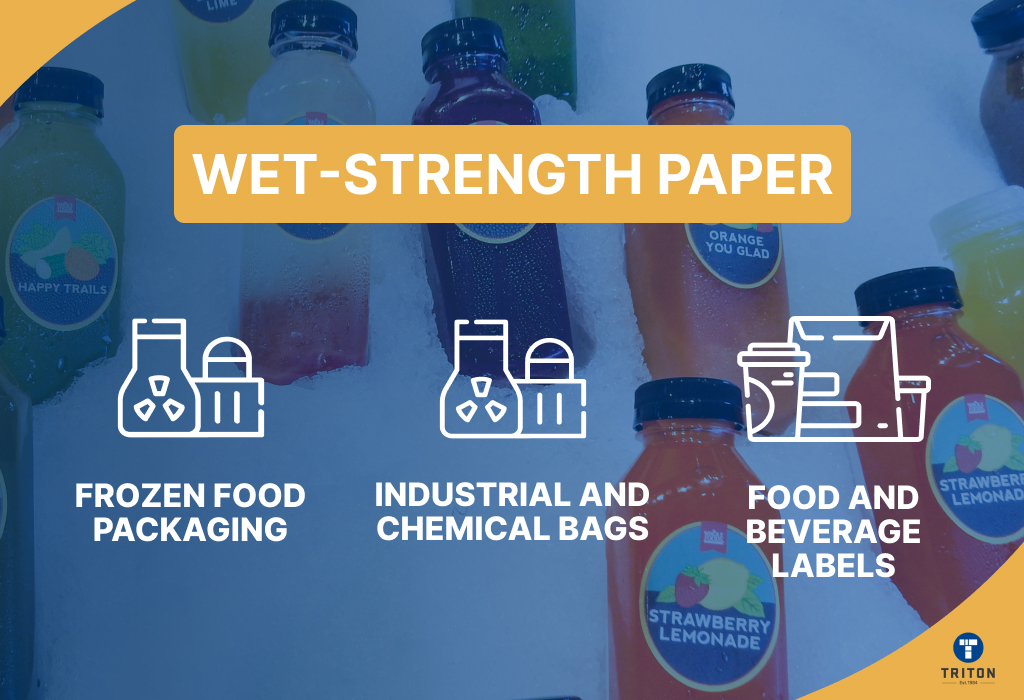
Wet-strength paper is engineered to maintain its integrity when exposed to moisture, which makes it ideal for applications like liquid packaging, outdoor materials, and food containers. This resilience is achieved by incorporating wet-strength resins, such as polyamide-epichlorohydrin (PAE), during production, which form covalent bonds with cellulose fibres, enhancing durability even in wet conditions.
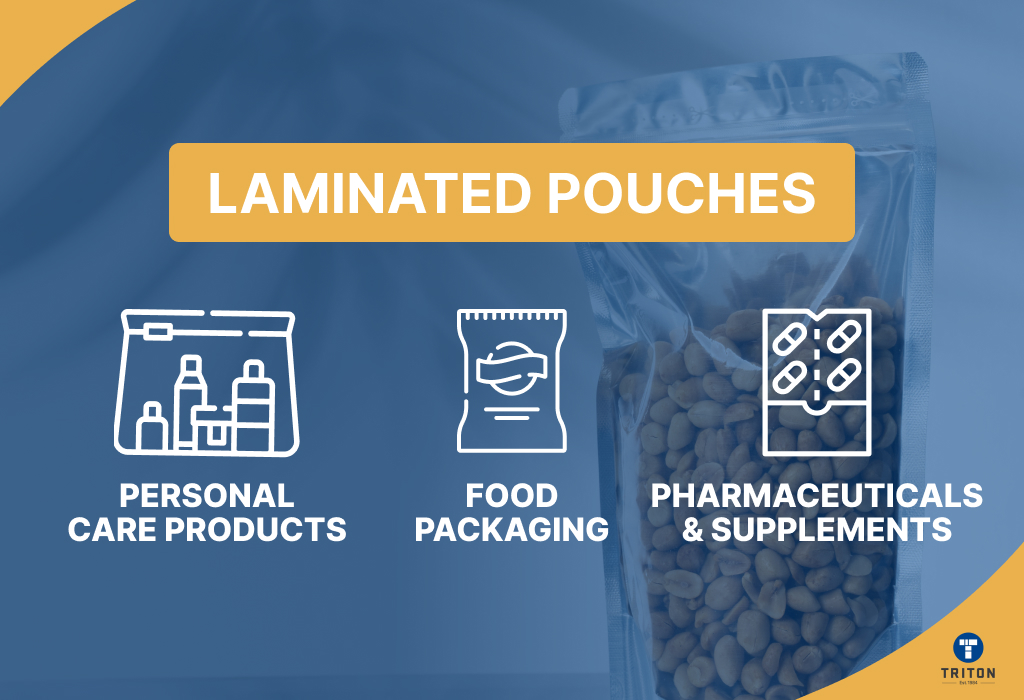
Laminated pouches are flexible packaging solutions made by layering multiple materials, typically plastic, aluminium, and sometimes paper, to create a durable, protective pouch. These layers combine to offer excellent resistance to moisture, air, and light. freshness and quality of products.
The outer layer (typically polyester or BOPP) provides strength, printability, and protection against external elements.
The middle layer (typically aluminium or EVOH) acts as a high-barrier shield against moisture, oxygen, and light.
The inner Layer (typically polyethylene or cast polypropylene) ensures heat-sealability and compatibility with the product being packed.
Laminated Pouches preserve product quality, extend shelf life, and enhance consumer convenience.
Laminated pouches are customisable, and are available in a number of form factors like resealable zippers, spouts, and more.
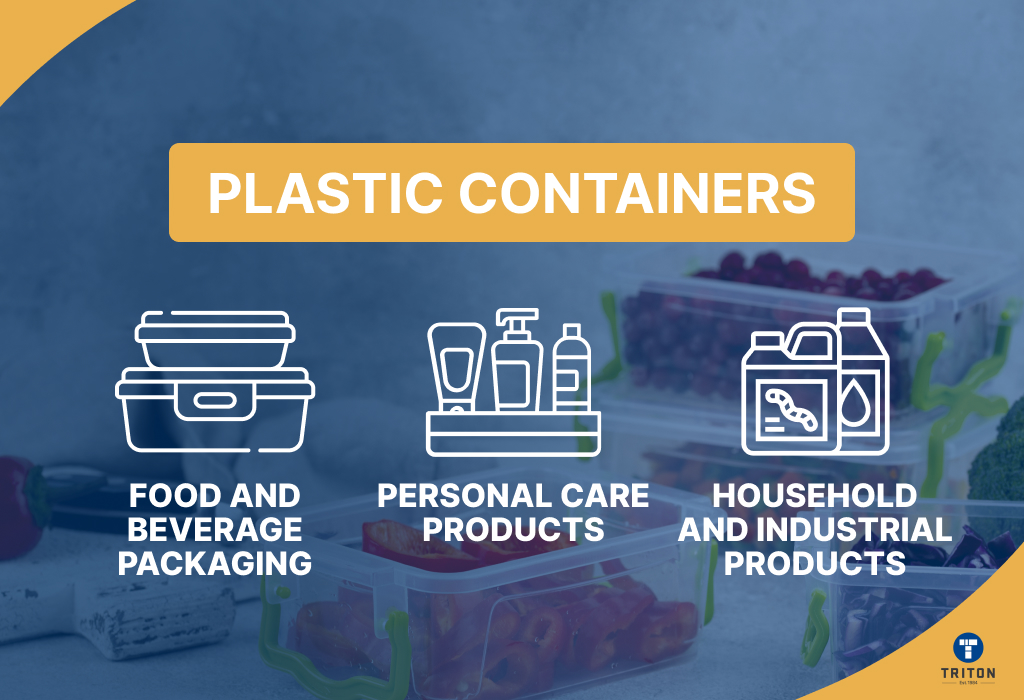
Plastic containers are a cornerstone of modern packaging. They are made from materials like PET, HDPE, and PP.
Plastic containers are lightweight, strong, and resistant to moisture, chemicals, and impact.
Their versatility makes them perfect for packaging everything from drinks and medicines to household cleaners and personal care products.
They can be moulded into almost any shape and they also support high-quality printing and labelling, boosting brand visibility.
Many plastic containers are recyclable, addressing sustainability goals, but recycling rates vary, and plastic waste remains a challenge. Innovations like biodegradable plastics and better recycling technologies aim to make plastic packaging more eco-friendly in the future.
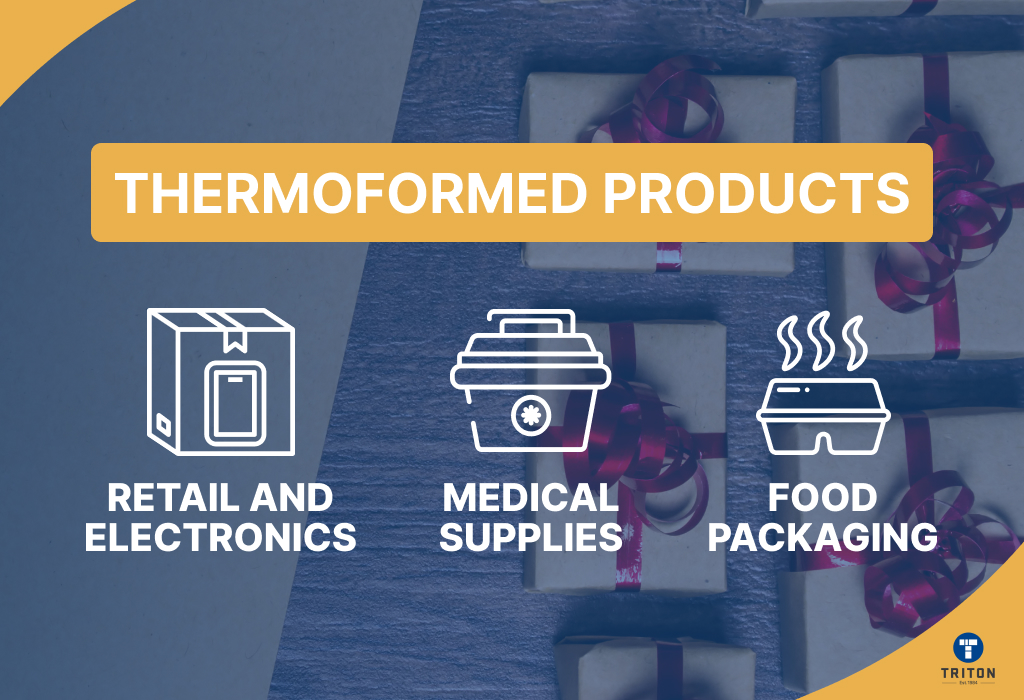
Thermoformed packaging is created by heating plastic sheets until pliable and then molding them into specific shapes using. This versatile packaging process is widely used across industries, including medical, packaging, and consumer goods.
Common materials used in thermoforming include polyethene terephthalate (PET), known for its strength and clarity, making it a preferred choice for food packaging applications; polyvinyl chloride (PVC), valued for its excellent clarity and often used in blister packs and clamshell packaging; and polypropylene (PP), recognised for its durability and heat resistance, which suits a variety of packaging requirements.
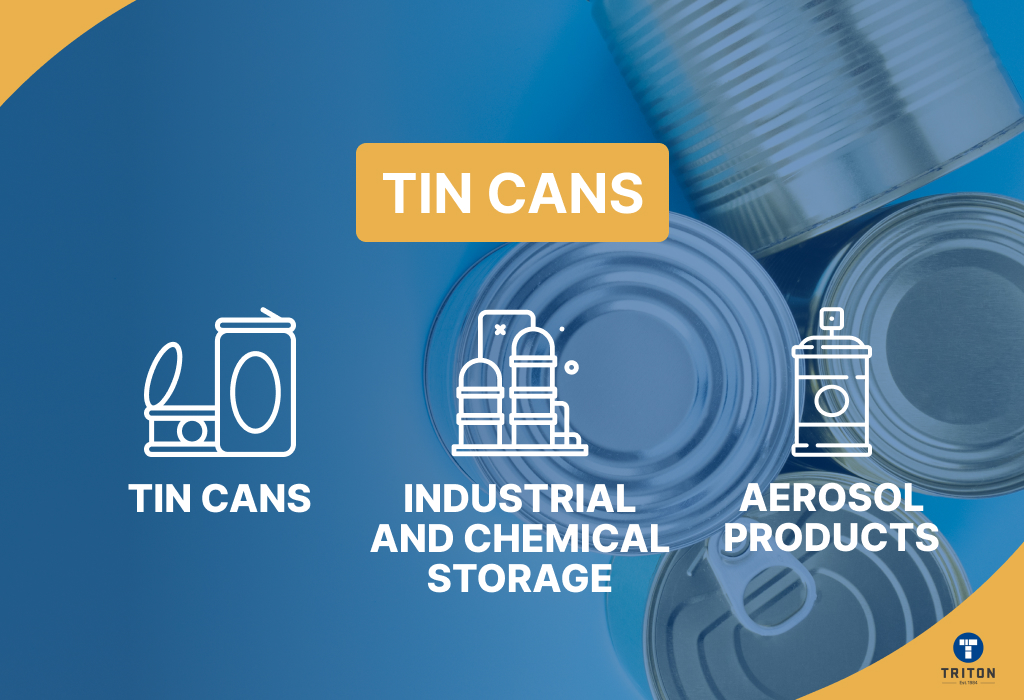
Tin packaging is made from tinplate which is a thin layer of tin coated onto steel. It is a durable and versatile option widely used across industries.
Its journey began in the early 19th century when British merchant Peter Durand secured a patent for tin-plated iron cans in 1810. This breakthrough changed how food was stored and transported, particularly for military and naval operations, and became the cornerstone of modern packaging technology.
Tin offers excellent protection against physical damage, air, and moisture, making it ideal for packaging food, beverages, and cosmetics. Its structure shields products from damage, air, and moisture, extending their shelf life while maintaining integrity.
Tin packaging is also valued for its metallic appearance, which adds a premium touch to products.
However, tin packaging is not suitable for acidic contents and is more costly than alternatives like plastic or paper.
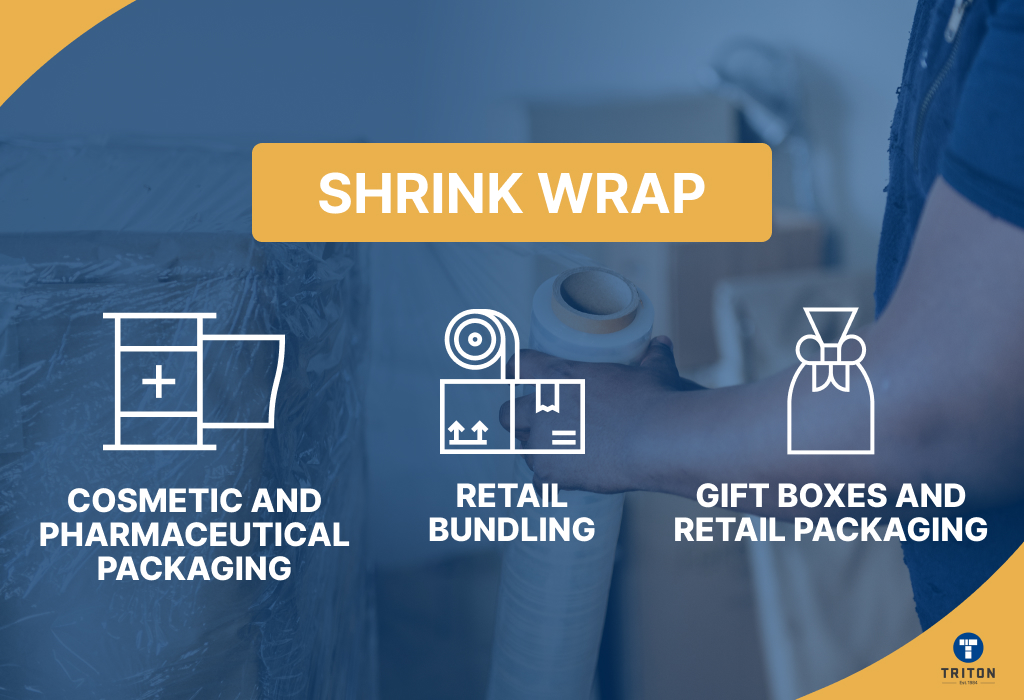
Shrink wrap, also known as shrink film, is a polymer plastic material that contracts when heat is applied, forming a tight seal around the encased item. This process involves wrapping the film around the product and then applying heat using a heat gun or by passing the package through a heat tunnel, causing the film to conform closely to the product’s shape.
The four common shrink wrap materials are: Polyolefin (POF), Polyvinyl Chloride (PVC), Polyethylene (PE), and Polypropylene (PP).
POF is strong and flexible, handling irregular shapes without tearing. PVC is lightweight and cost-effective but less popular now due to environmental concerns. PE is heavier and used to stabilise large loads, such as pallets of goods. PP is both clear and durable, making it the go-to choice for packaging items where visibility is important, such as retail products.
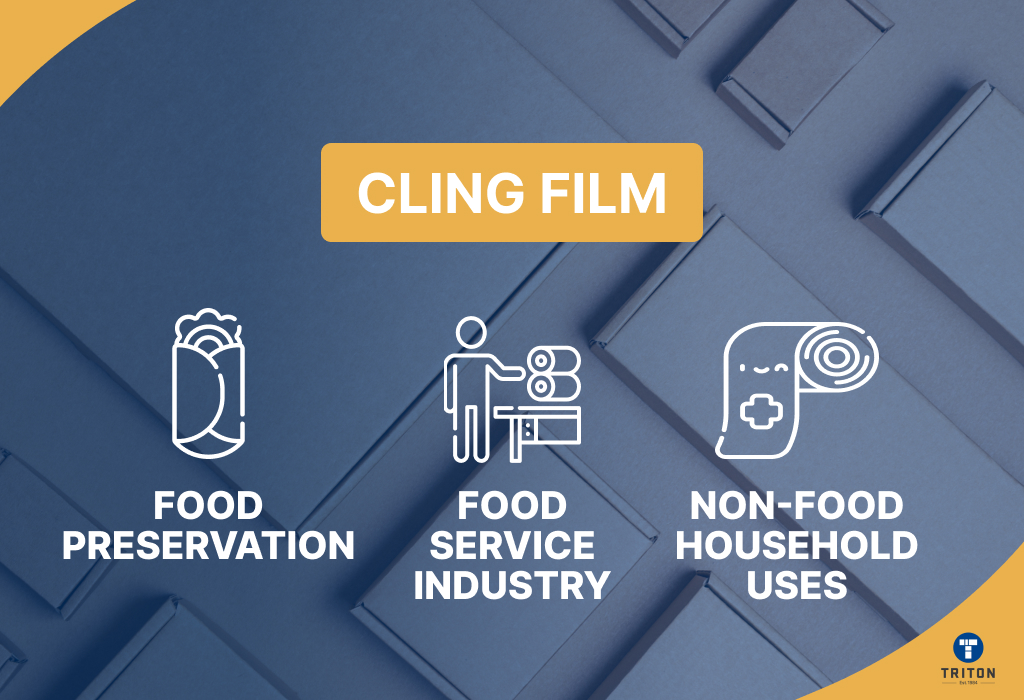
Cling film, often referred to as plastic wrap, is a thin, transparent sheet of plastic that clings tightly to surfaces and to itself when pressed. This self-sealing property makes it highly effective for covering food containers and wrapping items securely without the need for adhesives or fasteners.
It was invented in 1933 when Ralph Wiley, a Dow Chemical lab worker, accidentally discovered polyvinylidene chloride (PVDC), which later became the primary material in Saran Wrap.
Initially, cling films were made from PVDC due to its excellent barrier properties against moisture and gases. However, environmental concerns and production costs led to the adoption of materials like low-density polyethylene (LDPE) and polyvinyl chloride (PVC).

Plastic crates are durable, reusable containers widely used for transporting and storing various goods. Made from high-density polyethylene (HDPE) or polypropylene (PP), they offer a lightweight yet robust solution that can withstand heavy loads and rough handling. Plastic crates are valued for their long lifespan, stackability, and resistance to moisture, making them ideal for industries such as agriculture, food distribution, and retail. Their reusability and ability to be sanitised easily make them a more sustainable option compared to single-use packaging.
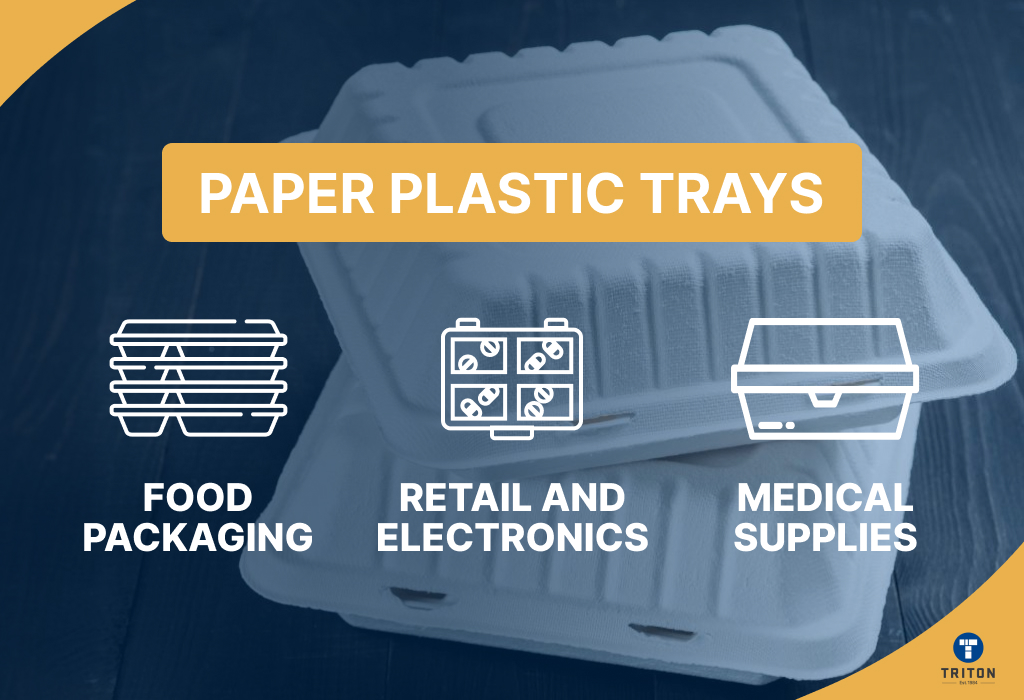
Plastic trays became popular during the mid-20th century as industries sought affordable and practical packaging solutions to improve the storage, transportation, and presentation of perishable foods, retail products, and medical supplies. Advances in polymer technology made trays lightweight, strong, and adaptable.
These trays are made from various materials, each suited to specific purposes. Polyethylene Terephthalate (PET) is strong, transparent, and recyclable. Polypropylene (PP) resists heat and chemicals, making it suitable for microwaveable containers. Polystyrene (PS) is lightweight and affordable, often used for disposable trays. Polylactic Acid (PLA), derived from renewable resources, is biodegradable and gaining traction as an eco-friendly choice.
Plastic trays are used in food packaging to preserve freshness and protect items such as meats, fruits, and ready-to-eat meals. In healthcare, they ensure the organised storage and sterility of medical instruments. In retail, they secure and display products effectively, improving presentation and accessibility.
Plastic trays are often not recycled due to the use of black plastics, which cannot be detected by recycling systems, and economic barriers tied to their lightweight design. Food contamination, though removable, adds complexity. Solutions include using recyclable materials, improving consumer practices, and adopting compostable or biodegradable alternatives.
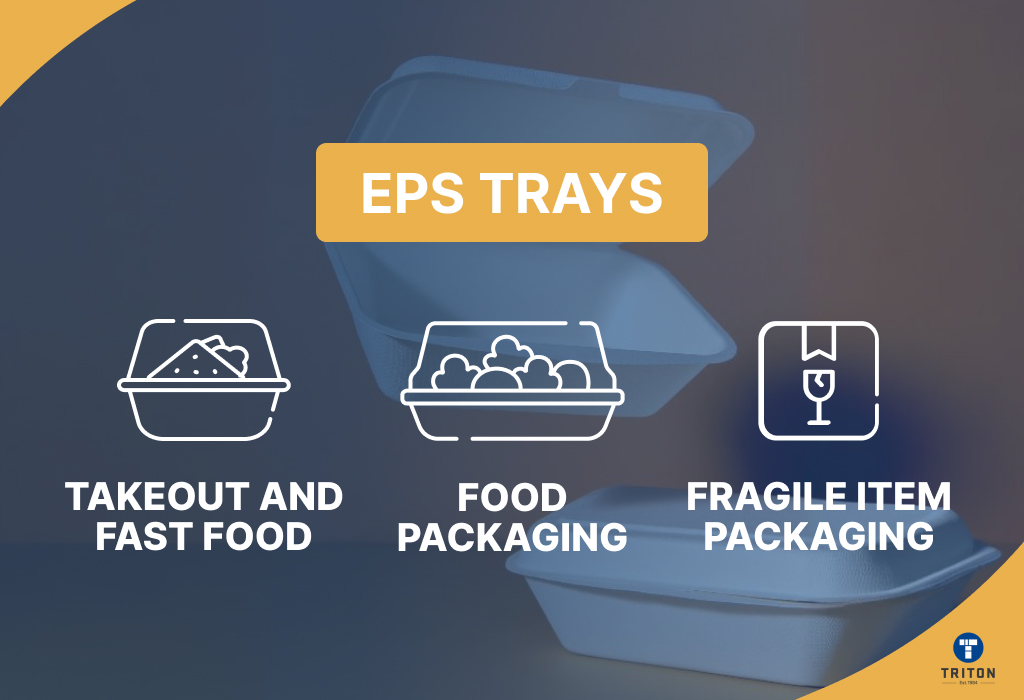
Expanded Polystyrene (EPS) is made from polystyrene, a polymer derived from petroleum or natural gas. Polystyrene beads, infused with a blowing agent like pentane, are expanded using steam, increasing their size by up to 50 times. The expanded beads are stabilised and moulded into solid forms by reheating, causing the beads to fuse into a closed-cell foam structure. EPS is 98% air, making it lightweight, thermally insulating, and resistant to moisture. Its properties make it ideal for protective packaging and insulation.
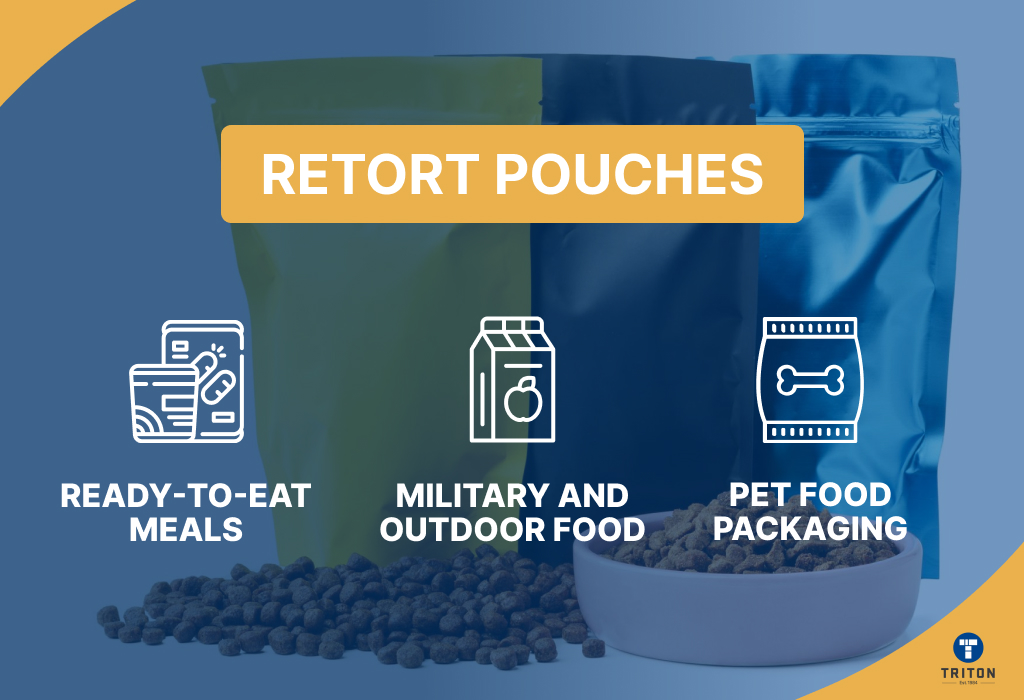
Retort pouches were first developed in the 1960s as an innovative solution for food preservation, combining the benefits of traditional canning with the convenience of flexible packaging. The technology gained traction with the introduction of “Bon Curry” in Japan in 1968, marking the first commercial retort pouch food product. By the 1970s, advancements led by the U.S. Army and packaging companies improved the design and durability of these pouches, establishing them as a reliable alternative to cans.
Modern retort pouches are made from laminated layers of materials, including polyester for strength, nylon for puncture resistance, aluminium foil for barrier protection, and polypropylene for sealing. This combination creates a durable, lightweight, and thermally stable package which can withstand high-temperature sterilisation processes.
These pouches are primarily used in the food industry for ready-to-eat meals, sauces, soups, and baby foods. They are also essential in military rations, space programs, and pet food packaging due to their ability to preserve contents for long periods without refrigeration.
Retort pouches have grown in popularity due to their efficiency, versatility, and contribution to reducing packaging waste compared to traditional cans.
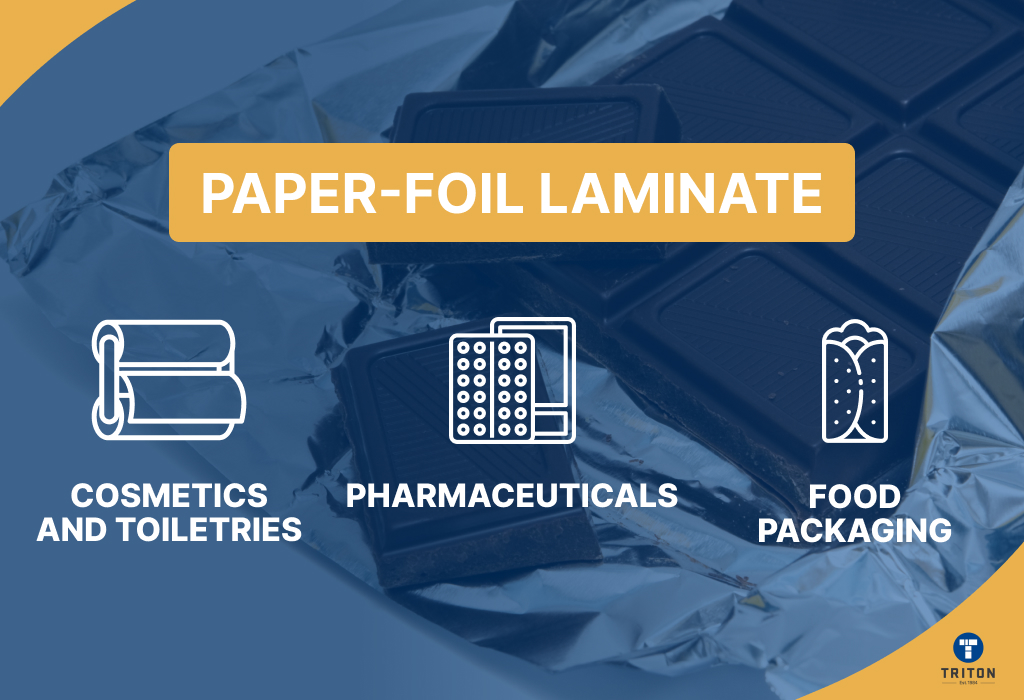
The integration of aluminium foil into packaging began in the early 20th century. In 1926, the U.S. Foil Company, which became Reynolds Metals Company, started producing aluminium foil for packaging applications. This innovation led to the development of laminated materials, combining the barrier properties of aluminium foil with the structural benefits of paper.
Paper-foil laminate packaging consists of layers of paper and aluminium foil bonded together. The paper provides strength and printability, while the aluminium foil offers a barrier against moisture, light, and gases. The lamination process typically involves adhesive bonding, where a thin layer of adhesive is applied between the paper and foil layers to ensure a uniform and durable bond.
What Does Paper-Foil Laminate Replace?Paper-foil laminate replaces waxed paper, plastic wraps, and plain aluminium foil. It provides stronger barriers against moisture and air than waxed paper, is more durable than plastic wraps, and adds a printable surface to aluminium foil. This makes it suitable for packaging that requires both protection and clear product information. |
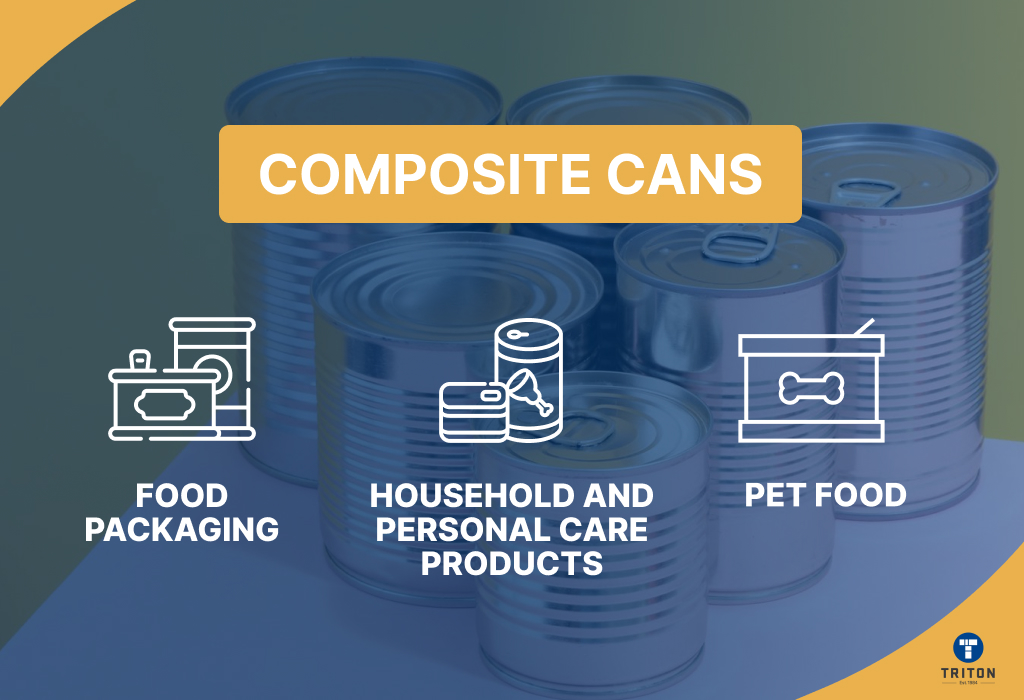
Composite cans are multilayered cylinders made of paperboard, aluminium foil, and plastic. Developed in the early 20th century as lightweight alternatives to metal cans, they initially stored dry goods like flour and snacks. Advances in materials later introduced moisture-resistant plastics and oxygen-blocking aluminium foil, expanding their use to liquids, powders, and perishables.
Modern designs prioritise sustainability, incorporating recyclable materials and reducing plastic content. Modern manufacturing allows composite cans to be made in customisable shapes, resealable lids, and tamper-evident features.
Today, they serve diverse industries like food, cosmetics and pharmaceuticals balancing functionality with eco-friendly innovation.
Composite cans use layered paperboard, foil, and plastic to provide rigidity, resist moisture, and extend shelf life. Their lightweight design lowers shipping costs. Manufacturers adapt these cans to consumer demands, focusing on functional performance and sustainable materials.

Laminated tubes emerged in the mid-20th century as an improved alternative to flexible aluminum tubes, addressing limitations like cost, reactivity, and printability.
Their development was driven by the need for lightweight, flexible, and cost-effective packaging that could protect products from environmental factors. By the 1970s, advancements in material science introduced multi-layer laminates combining plastic and aluminum with enhanced barrier properties and more design flexibility.
The 21st century prioritized sustainability in laminated tubes, adopting recyclable mono-material PE, bio-based PLA, and EVOH barriers.
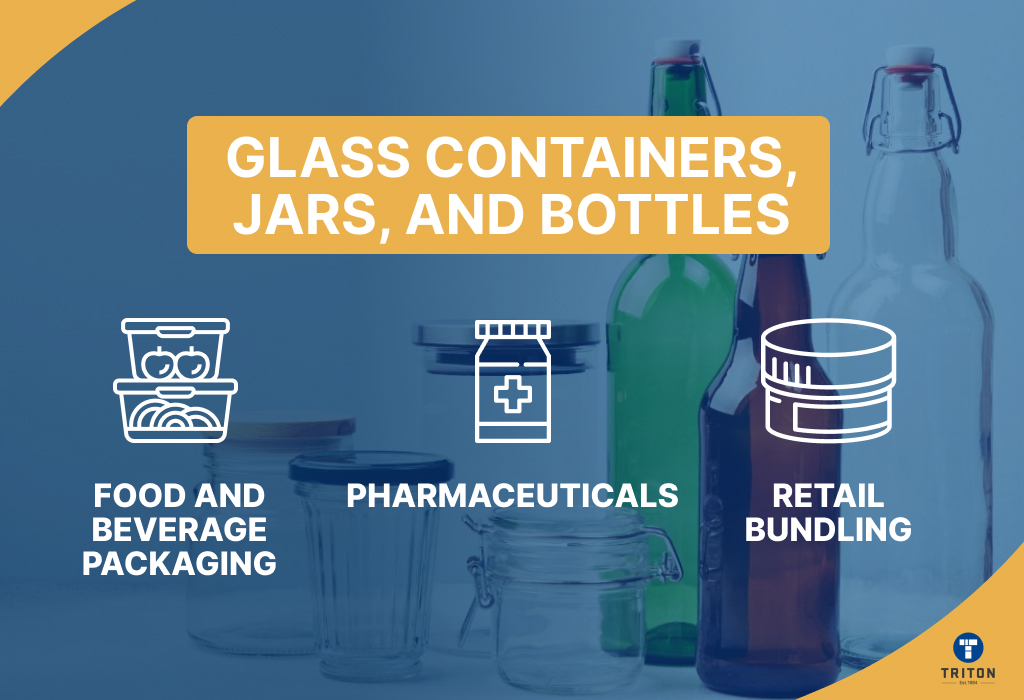
Glass containers—jars and bottles—are durable, reusable, and recyclable, valued for their premium appearance and strong barrier properties. Made from silica (sand), sodium carbonate (soda ash), and calcium carbonate (limestone), glass is non-porous and chemically inert. It blocks oxygen and moisture, maintains product integrity, and prevents chemical leaching or flavor changes, making it ideal for preserving food, beverages, cosmetics, and pharmaceuticals.
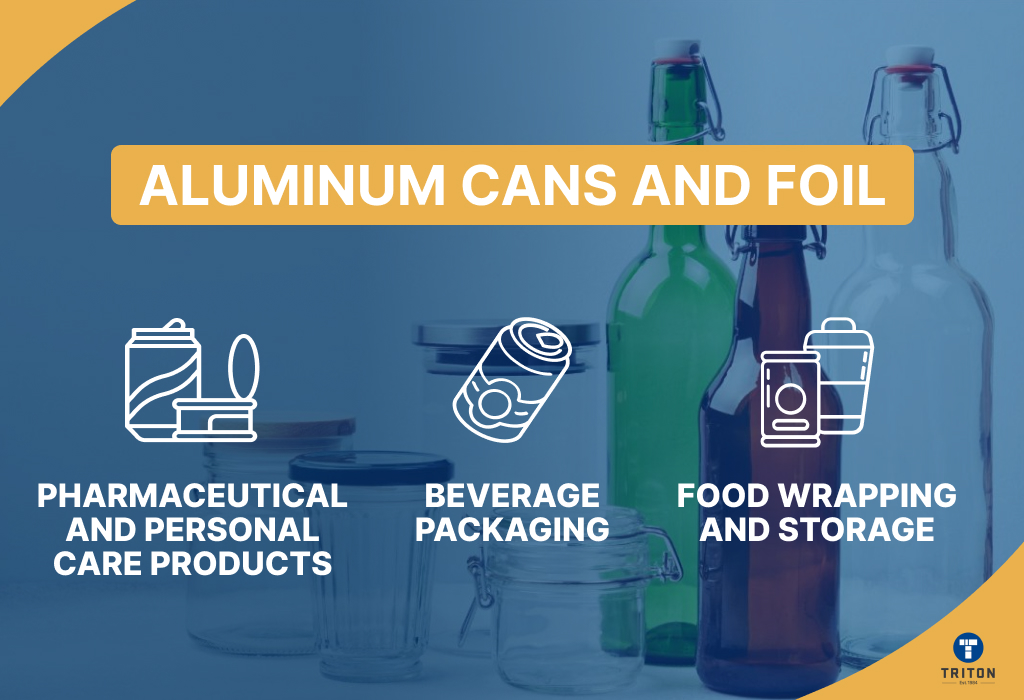
Aluminium cans and foil are lightweight, corrosion-resistant, and versatile packaging materials used across food, beverage, and pharmaceutical industries. Aluminum provides an excellent barrier against light, moisture, and oxygen, preserving product freshness and quality. Cans are commonly used for beverages, while foil is ideal for food wrapping, cooking, and insulation. Both are infinitely recyclable, though production and recycling processes are energy-intensive.
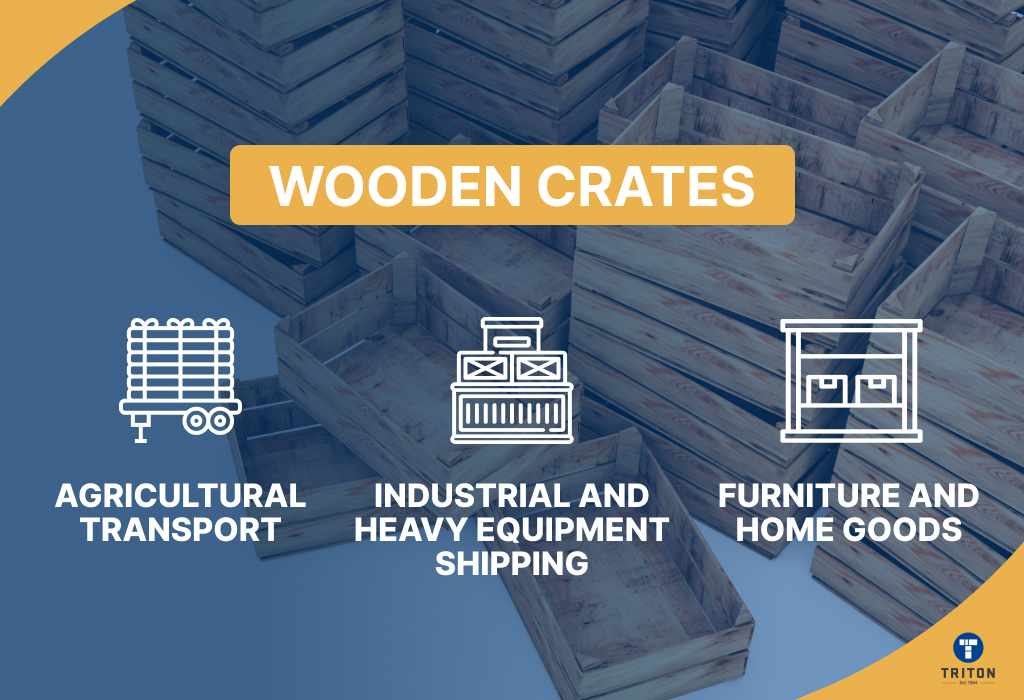
Wooden crates are durable, reusable containers made from pine, plywood, or hardwood. Depending on design and reinforcement (e.g., steel bracing), they support loads from 75 kg (standard crates) to 1,800 kg (heavy-duty variants). Widely used in agriculture, manufacturing, and shipping, their biodegradable and reusable nature aligns with sustainability goals, while their strength ensures safe transport of heavy machinery, perishables, and industrial goods.
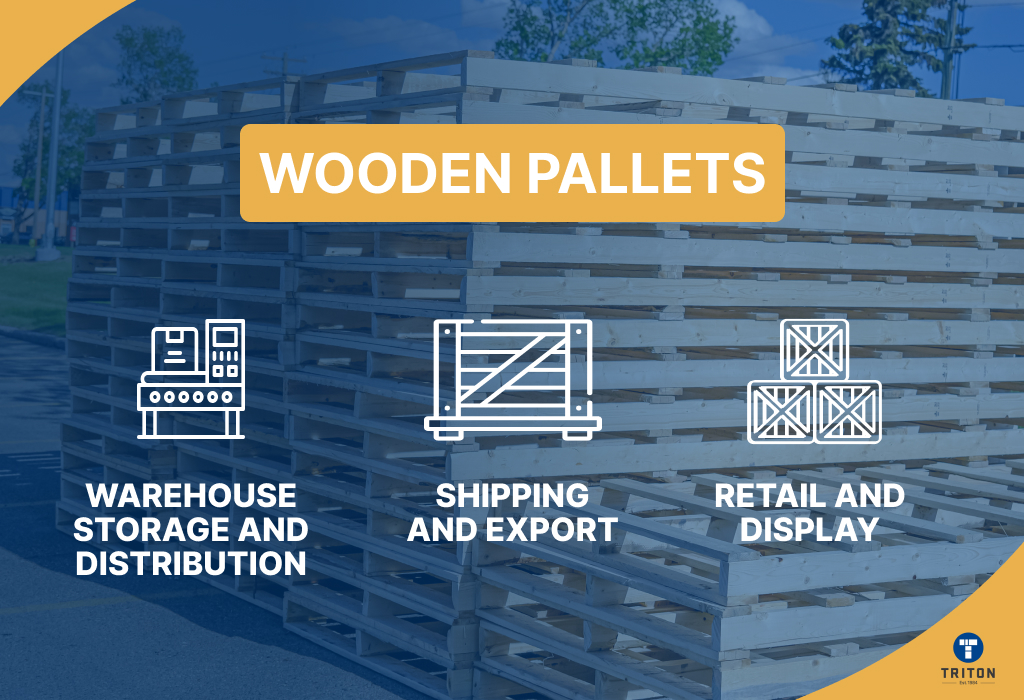
Wooden pallets are flat, sturdy platforms made primarily from pine or hardwood, designed for stacking, storing, and transporting goods. They are widely used in logistics, retail, and manufacturing due to their strength, reusability, and compatibility with forklifts and pallet jacks. Wooden pallets are eco-friendly, as they are recyclable and biodegradable, aligning with sustainability goals.
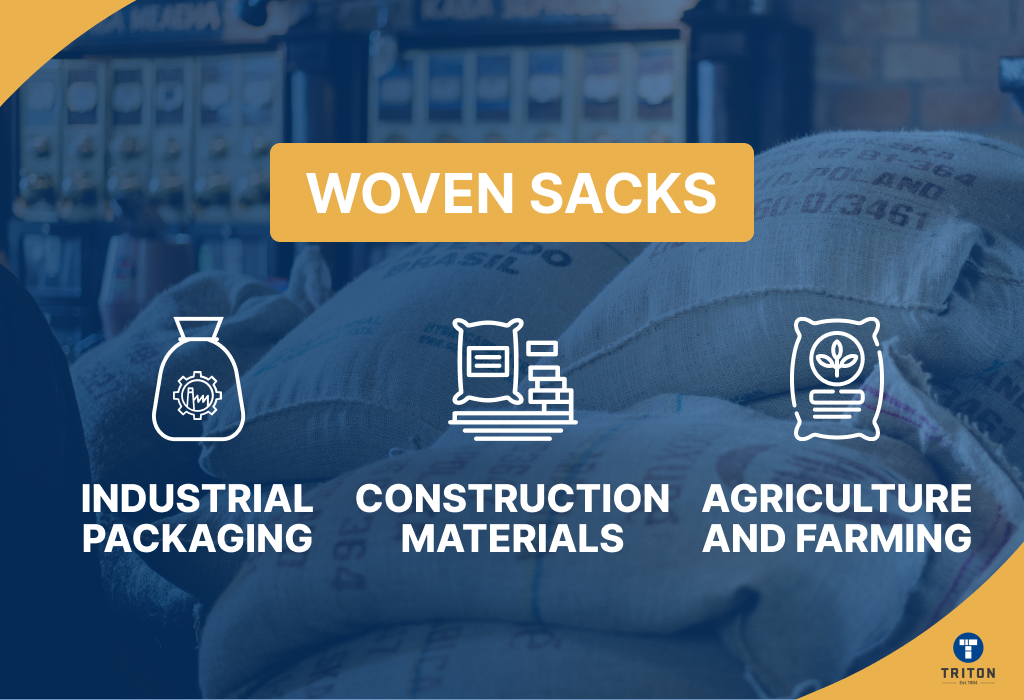
Woven sacks are manufactured using circular looms that interlock polypropylene (PP) or polyethylene (PE) tapes into a crosshatched pattern, achieving tensile strengths of 20–30 MPa.
Load capacity ranges from 25 kg (standard) to 100 kg (reinforced seams), outperforming paper sacks by 3x.
Designed for bulk material handling, they balance durability, breathability, and cost-efficiency, making them indispensable in agriculture (grains, seeds), construction (sand, cement), and industrial sectors (fertilisers, chemicals). Their lightweight design reduces shipping costs, while UV-resistant variants extend usability in harsh environments. Yet strong enough to withstand heavy loads, making them a reliable option for high-volume transport.
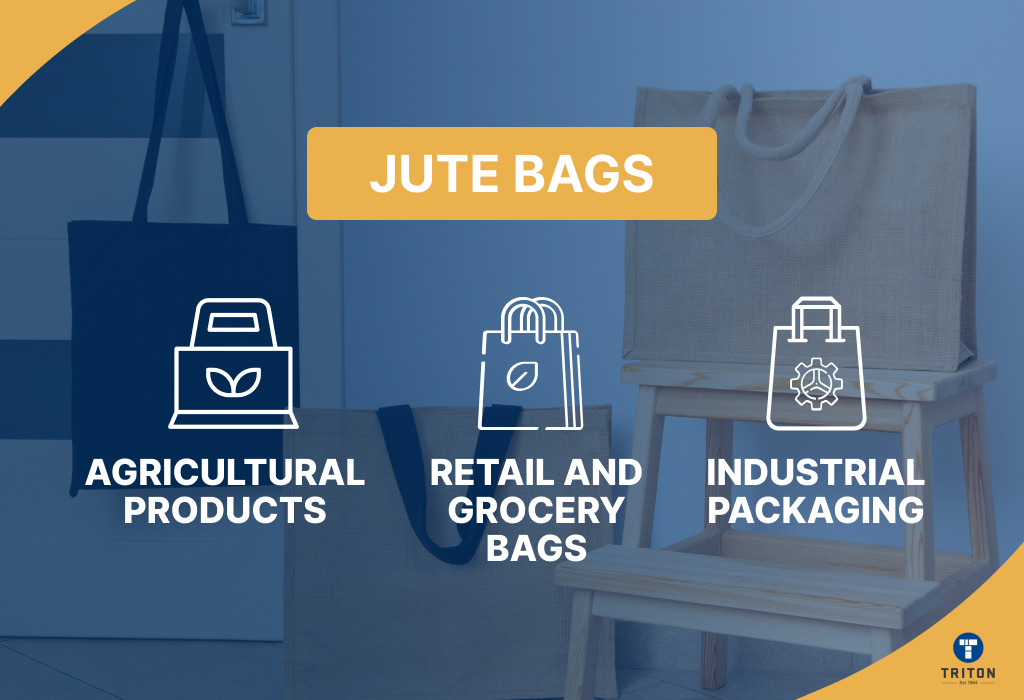
Jute bags are manufactured from natural jute fibers (Corchorus spp.), composed of ~65% cellulose, ~22% hemicellulose, and ~10% lignin. These fibers provide a tensile strength of 200–400 MPa, enabling load capacities up to 50 kg. The open-weave structure (5–10 threads/cm) allows airflow (permeability: 50–100 cm³/cm²/s) critical for perishable goods like grains.
Jute cultivation requires 8–12 tons/hectare of biomass, absorbs 15 tons CO2/hectare, and grows in 120 days. Bags are produced via ISO 9001-certified processes, meeting standards for bulk packaging (ISO 21898:2004).

Bubble wrap is made from low-density polyethylene (LDPE) or linear low-density polyethylene (LLDPE), forming air-filled bubbles (6–40mm diameter) that absorb shocks and vibrations. Alfred Fielding and Marc Chavannes invented it in 1957 as textured wallpaper, but after failing in that market, IBM repurposed it in the 1960s to protect computer components during shipping.
Today, industries like e-commerce and logistics rely on its lightweight cushioning for safe transport. However, polyethylene’s non-biodegradable nature poses environmental challenges, prompting innovations like biodegradable PLA blends and recycled-content variants.
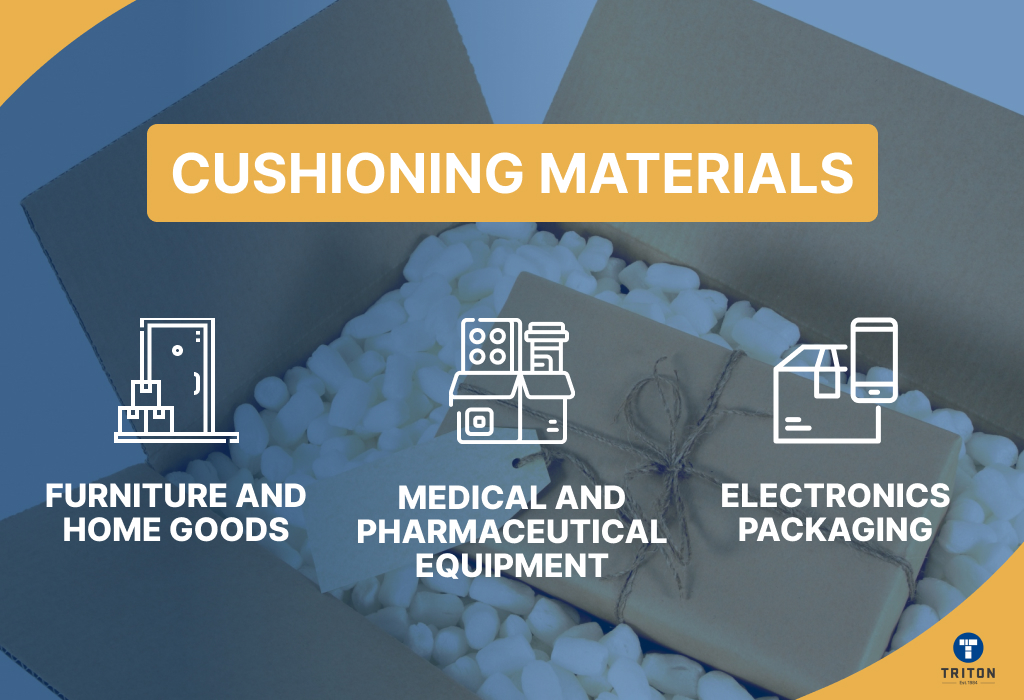
Cushioning materials absorb shocks, vibrations, and impacts during shipping, storage, and handling, safeguarding products from damage.
Common variants include polyethylene foam, air-filled plastics, paper-based fillers, and molded pulp, each offering tailored protection based on product fragility and logistical requirements.
Industries such as electronics, pharmaceuticals, and e-commerce rely on these materials to protect high-value and fragile items. Sustainable options like biodegradable PLA foam and recycled paper fillers decompose within 1–2 years, while traditional plastics like EPS foam persist in landfills for centuries, with only 10% recycled globally.

Plastic pallets are platforms made from high-density polyethylene (HDPE) or polypropylene (PP). They resist moisture, chemicals, and extreme temperatures, making them suitable for industries like food, pharmaceuticals, and manufacturing.
Unlike wooden pallets, plastic pallets do not splinter, absorb moisture, or require ISPM-15 treatments for international shipping. They are reusable, with a lifespan of 5–10 years, and some variants include 30–50% recycled material.

Wooden containers are durable and sturdy packaging solutions made from plywood, hardwood (e.g., oak, maple), or softwood (e.g., pine).
They are ideal for heavy-duty applications, particularly for transporting large machinery, industrial equipment, and fragile items. Their rigid structure and resilience ensure high-level protection during transit.
Wooden containers are eco-friendly, as they are reusable, biodegradable, and often made from sustainably sourced materials. They comply with ISPM-15 standards for international shipping, requiring heat treatment or fumigation to prevent pest infestations.
Packaging materials protect products, but efficient workflows require more. Thermal printers, barcode scanners, and label applicators ensure accuracy in tracking, shipping, and inventory management.
At Triton Store, we equip businesses with tools to simplify logistics—no packaging sold, just the tech to make it smarter.
Need durable printers or scanners that keep up? We’ve got you covered. Cut errors, save time, and focus on what matters. Visit the Triton Store today.
Melbourne
Brisbane
Phone 1300 558 438
Live Chat – Widget below
Melbourne
Brisbane
Phone 1300 558 438
Live Chat – Widget below